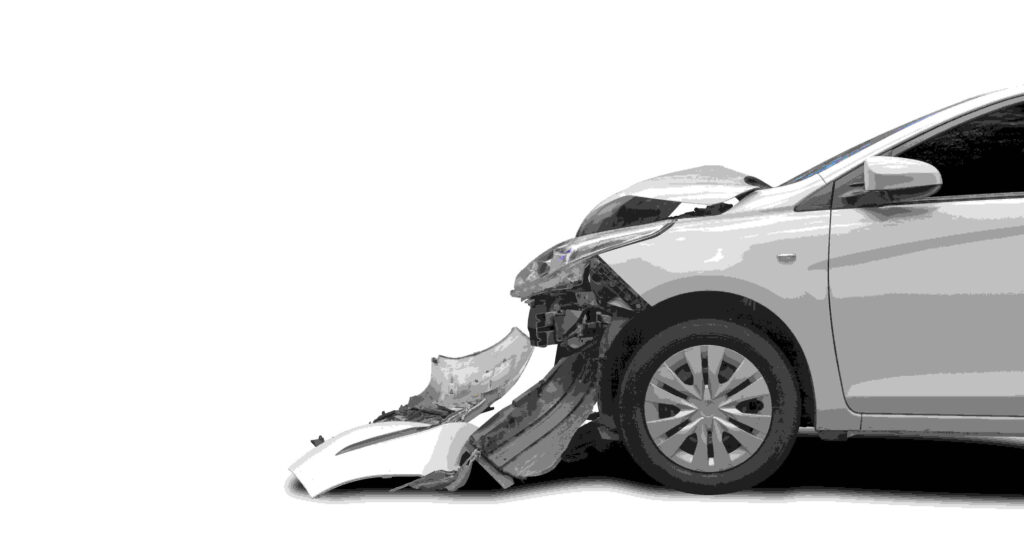Car accidents can be distressing experiences, leaving victims with injuries, emotional trauma, and financial burdens. Understanding liability in the aftermath of a car accident is crucial for those involved, as it determines who will be responsible for the damages incurred. This article will explore the various aspects of liability in car accidents, including different liability systems, the concept of negligence, and common causes of accidents. If you need legal assistance, a car accident lawyer in Los Angeles can guide you through the complexities of your case.
Introduction to Liability in Car Accidents
Liability refers to one party’s legal responsibility for the harm or damages caused to another. In car accidents, liability can significantly influence the outcome of claims for damages related to injuries, vehicle repairs, and other losses. Determining liability can involve evaluating evidence from the accident scene, police reports, and witness statements. It’s essential to consult a qualified car accident attorney in Los Angeles to help navigate these complexities.
Types of Liability: Fault vs. No-Fault Systems
In the United States, car accident liability can generally be classified into fault and no-fault.
Fault Systems
In fault systems, the driver found to be at fault for the accident is held responsible for compensating the other party for damages. If you are injured due to someone else’s negligence, you can file a claim against their insurance for medical expenses, lost wages, and pain and suffering. California operates under a fault-based system, meaning determining who is at fault is essential in resolving claims.
No-Fault Systems
Conversely, in no-fault systems, each driver’s insurance covers damages and injuries, regardless of who caused the accident. This system simplifies the claims process by minimizing the need for litigation; however, it often limits the ability to sue for pain and suffering unless specific thresholds are met. While California is primarily a fault state, it’s helpful to understand no-fault principles, as some states follow this system.
Determining Negligence: What Does It Mean?
Negligence is a legal concept that refers to the failure to exercise reasonable care, resulting in harm to another person. To establish negligence in a car accident case, the following elements must be proven:
- Duty of Care: The driver was legally obligated to operate their vehicle safely and follow traffic laws.
- Breach of Duty: The driver failed to meet that obligation through careless actions or inactions, such as speeding, distracted driving, or driving under the influence.
- Causation: The breach of duty directly caused the accident and the resulting injuries.
- Damages: The injured party suffered actual damages, such as medical bills, lost wages, or pain and suffering.
Understanding these elements is vital when evaluating your case. Consulting with a personal accident lawyer in Los Angeles can help you gather the necessary evidence to prove negligence.
Common Causes of Car Accidents and Associated Liabilities
Several factors contribute to car accidents, and each can have different implications for liability. Some common causes include:
Distracted Driving
Distractions, such as texting, eating, or using navigation apps while driving, can significantly impair a driver’s ability to focus on the road. If a distracted driver causes an accident, they may be liable for negligence.
Speeding
Exceeding the speed limit reduces a driver’s ability to react to sudden changes in traffic conditions. If a speeding driver is involved in a collision, they can be held responsible for the damages.
Driving Under the Influence (DUI)
Operating a vehicle while under the influence of alcohol or drugs is a severe offense that significantly increases the risk of accidents. Drivers who are intoxicated and cause an accident can face criminal charges as well as civil liability for damages.
Reckless Driving
Aggressive driving behaviors, such as tailgating, weaving in and out of traffic, or road rage, can lead to accidents. Drivers exhibiting such behaviors may be found negligent and liable for any resulting damages.
Weather Conditions
While adverse weather conditions like rain, snow, or fog can contribute to accidents, drivers are still responsible for adjusting their driving behaviors accordingly. Failing to do so may result in liability.
Conclusion
Understanding liability after a car accident is essential for navigating the legal process and ensuring the responsible party is held accountable for their actions. By familiarizing yourself with the types of liability, the concept of negligence, and common causes of accidents, you can better prepare yourself for any potential claims. If you find yourself involved in a car accident, it’s crucial to seek the guidance of a skilled car accident lawyer in Los Angeles. With their expertise, you can effectively address your legal needs and pursue the compensation you deserve.



